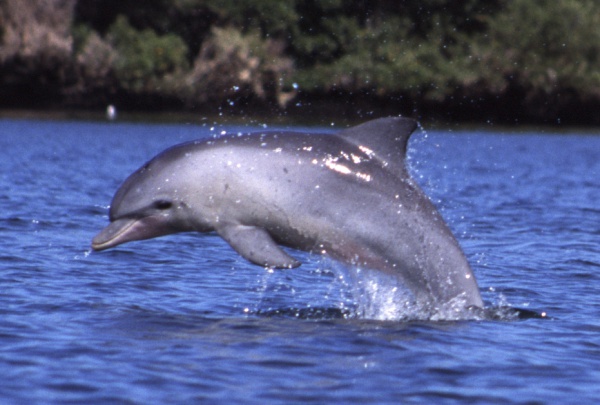Facts About Indo-Pacific bottlenose dolphin
The Indo-Pacific bottlenose dolphin is a distinctive species of dolphin that was officially recognized as separate from the common bottlenose dolphin in 1998. These dolphins are smaller, have longer snouts, feature spots on their bellies, and possess more teeth compared to their common relatives.
Indo-Pacific bottlenose dolphins inhabit the waters around India, northern Australia, South China, the Red Sea, and along the eastern coast of Africa. Their diet primarily consists of fish and cephalopods, and they live in large groups that can sometimes number in the hundreds. Mating and calving are most frequent during the spring and summer seasons.
While these dolphins are often seen in captivity, this raises several conservation concerns. Capturing dolphins from the wild can have adverse effects, such as survival challenges during capture and transport, and potential risks to wild populations and ecosystems. The species faces threats from environmental degradation, direct exploitation, and interactions with local fisheries. Their main predators include sharks, humans, killer whales, and stingrays.
To help protect these dolphins, they are listed on Appendix II of the Convention on the Conservation of Migratory Species of Wild Animals. Additionally, there is a Memorandum of Understanding aimed at conserving cetaceans and their habitats in the Pacific Islands Region.
Research has shown that noise pollution affects the acoustic signals of Indo-Pacific bottlenose dolphins, with their whistles altering based on the noise levels in their environment. Human activities, such as whale watching, can change dolphin behavior, emphasizing the need for further research and stronger conservation measures.
A notable example of a successful conservation effort is the Adelaide Dolphin Sanctuary in Australia, which was established to protect a resident population of Indo-Pacific bottlenose dolphins. This sanctuary demonstrates how dedicated protected areas can help safeguard these fascinating marine mammals.

 Kenya
Kenya